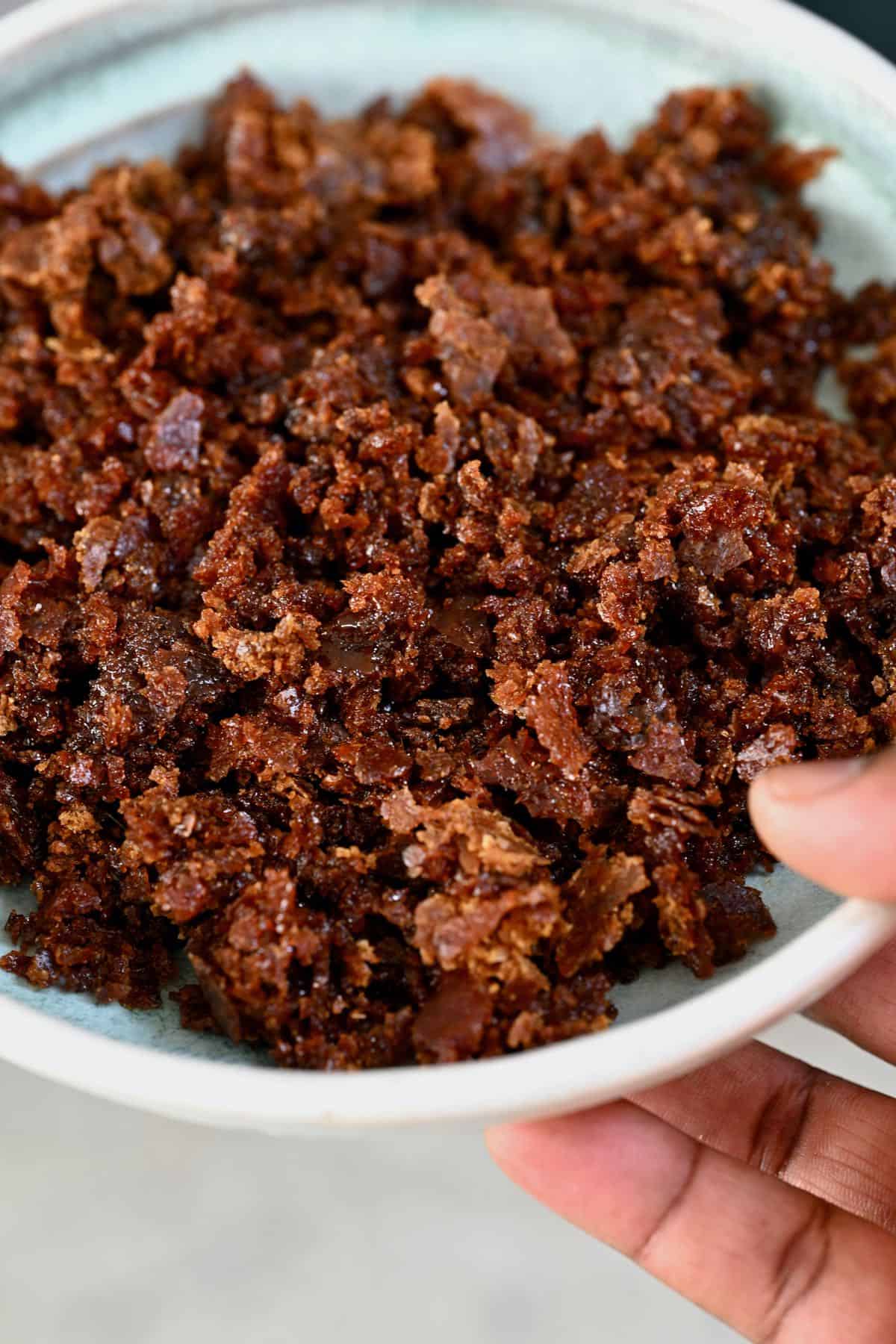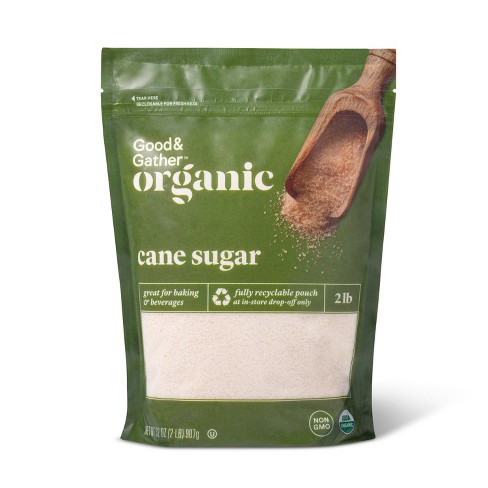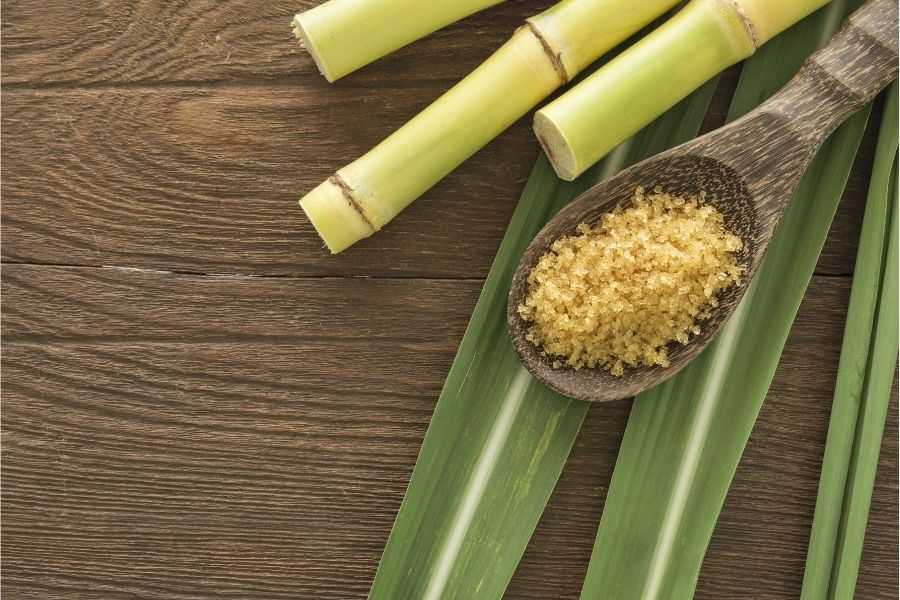Cane Sugar Processing: From Area to Table-- A Step-by-Step Overview
Cane Sugar Processing: From Area to Table-- A Step-by-Step Overview
Blog Article
Checking Out the Comprehensive Tips Involved in Walking Cane Sugar Processing From Collecting to Improvement
The process of walking cane sugar production includes a collection of detailed steps, beginning with the careful harvesting of sugarcane and finishing in the improvement phases that ensure the end product satisfies market standards. Each stage, from the extraction of juice to the purification and crystallization processes, plays an important role in establishing the quality and personality of the sugar. Understanding these phases not just highlights the intricacy of sugar production yet additionally raises critical questions concerning performance, sustainability, and technology in the sector. What implications do these variables have for future techniques?
Harvesting Sugarcane
Gathering sugarcane is an essential action in the walking stick sugar handling chain, as it directly influences the high quality and return of the last product. Correct timing and techniques are necessary during this stage to ensure optimum sugar content and reduce losses. Generally, sugarcane is harvested when it gets to maturity, usually 12 to 18 months after growing, characterized by a high sucrose focus.

Post-harvest, the sugarcane should be refined promptly to stop sucrose degradation. Preferably, harvested walking cane should be transported to processing facilities within 1 day to protect sugar top quality. As a result, effective logistical planning is critical to maintain the stability of the harvested crop throughout the supply chain.
Extraction Refine

The crushed walking stick goes through a series of pushing procedures to make the most of juice healing. Generally, warm water is splashed onto the smashed walking stick, developing a countercurrent flow that helps dissolve the sugar while also aiding in the extraction procedure. The juice gathered from this procedure includes not only sugar yet likewise numerous organic compounds and pollutants.

To enhance extraction efficiency, some centers might use diffusion approaches, where the sugarcane is taken in warm water, permitting the soluble sugars to diffuse into the fluid. The resulting juice, rich in sucrose, is then directed to subsequent processing phases, laying the structure for purification and refinement. The removal procedure is hence essential in determining the quality and yield of the final sugar item.
Purification Methods
The purification techniques utilized why not try these out in walking cane sugar handling are visite site necessary for transforming the raw juice into a top notch sugar product. These techniques mainly intend to eliminate contaminations, such as dirt, plant products, and not natural compounds, which can detrimentally affect the last item's flavor and shade.
This procedure involves adding lime and warmth to the raw juice, which facilitates the coagulation of contaminations. Additionally, the use of phosphoric acid can improve the information process by further binding pollutants.
An additional considerable method is carbonatation, where carbon dioxide is presented to the cleared up juice. This reaction creates calcium carbonate, which captures staying contaminations and promotes their removal.
Furthermore, activated carbon therapy might be put on adsorb any kind of continuing to be colorants and organic pollutants, making certain a much more polished product. The combination of these techniques effectively prepares the sugar juice for succeeding action in the refining procedure, establishing the stage for the production of premium walking stick sugar.
Condensation Techniques
After the purification phase, the following essential step in cane sugar processing includes crystallization methods, which play a crucial duty in transforming the cleared up juice into strong sugar. This process commonly uses 2 main approaches: spontaneous formation and controlled crystallization.
In spontaneous formation, supersaturated sugar options are permitted to cool down naturally, resulting in the formation of sugar crystals in time. This method is less complex but may lead to uneven crystal sizes and reduced pureness levels. On the various other hand, managed condensation is a much more specific technique where seeding, temperature, and focus agents are carefully managed. This technique enables the uniform growth of sugar crystals and higher pureness.
During crystallization, the made clear juice is concentrated via evaporation, increasing its sugar web content up until it gets to supersaturation. Once this factor is attained, either technique can facilitate the crystallization process. Cane Sugar Processing. The resultant sugar crystals are then separated from the remaining syrup with centrifugation
Eventually, the choice of formation technique impacts the top quality, dimension, and purity of the last sugar item, making this action crucial in the overall walking stick sugar processing procedure.
Improvement and Packaging
How can the purity and top quality of walking cane sugar be further improved after crystallization? The refinement learn this here now process plays an important duty in accomplishing top quality walking stick sugar.
Next, the sugar undergoes a procedure called centrifugation, where it is rotated at broadband to divide the cleansed sugar crystals from the staying liquid. After centrifugation, the sugar is commonly further improved with a technique called carbonization or phosphatation, which utilizes triggered carbon or phosphoric acid to eliminate shade and off-flavors.
Once fine-tuned, the sugar is dried to attain the desired moisture material, making sure that it remains secure during storage space and transportation. The final step entails product packaging the refined sugar in impermeable and moisture-proof containers to maintain its top quality and avoid contamination. Cane Sugar Processing. Correct packaging not just extends shelf life but additionally promotes easy handling and circulation, ensuring that consumers obtain sugar that meets the highest possible standards of pureness and quality
Final Thought
The comprehensive steps associated with cane sugar processing, from the meticulous harvesting of sugarcane to the complex refinement and packaging stages, emphasize the value of each phase in making sure high-grade sugar manufacturing. Optimum harvesting techniques, reliable extraction methods, and extensive purification processes jointly add to the last item's purity and stability. The condensation and succeeding packaging methods better boost the honesty and life span of the sugar, highlighting the complexity and precision integral in this vital farming industry.
The process of cane sugar production includes a collection of detailed actions, starting with the cautious harvesting of sugarcane and culminating in the refinement stages that ensure the final item fulfills market standards. Preferably, gathered walking cane must be carried to refining centers within 24 hours to preserve sugar top quality.In spontaneous crystallization, supersaturated sugar remedies are allowed to cool normally, leading to the development of sugar crystals over time - Cane Sugar Processing. The refinement process plays a critical role in attaining premium walking cane sugar.The extensive actions entailed in walking stick sugar processing, from the precise harvesting of sugarcane to the detailed refinement and product packaging phases, emphasize the importance of each phase in guaranteeing high-grade sugar production
Report this page